Celebrating science on the anniversary of the fall of the Berlin Wall

The Falling Walls Foundation is a global hub connecting science, business and society. Every year at the beginning of November, the Foundation hosts the Falling Walls Science Summit, a leading international, interdisciplinary and intersectoral forum for scientific breakthroughs and science dialogue that culminates on 9th November, the anniversary of the peaceful fall of the Berlin Wall. As a vessel for the world-changing spirit of 1989 in and beyond Berlin, the Foundation is on a relentless pursuit to find out: Which are the next walls to fall in science and society?
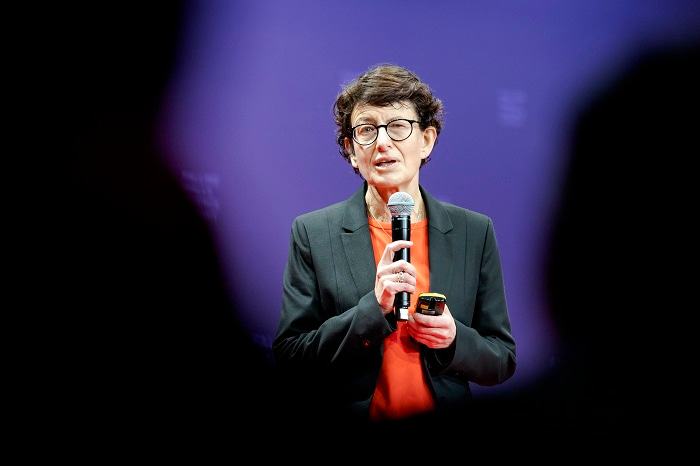
The aim is both to highlight different scientific disciplines, including the life sciences, and to promote interdisciplinary exchange. While the 2020 event was held digitally, this year the Falling Walls team was fortunate to reunite the international science community in Berlin again. Established as well as emerging scientists convened from the 7th to 9th November 2021, showcasing and discussing impressive findings, especially in the life sciences and in medical research. This table highlights some of the most remarkable talks and panels in the field (follow the link to the recorded talk to learn more about the breakthrough):
Life Sciences at the Falling Walls Science Summit 2021Covid-19 research
More medical breakthroughs
About basic and applied research in the field of life sciences
|
The Science Breakthrough of the Year is awarded in ten categories
Besides the Life Sciences, scientists from around the world are invited to contribute their research in a further nine categories: Physical Sciences, Engineering and Technology, Social Sciences and Humanities, Art and Science, Future Learning, Science and Innovation Management, Emerging Talents (Falling Walls Lab), Science Start-ups (Falling Walls Venture), and Science Engagement (Falling Walls Engage).
In the course of the selection process, the jury chooses one research project per category as the Science Breakthrough of the Year. The Engineering and Technology Breakthroughs in 2020 and 2021 in particular have both added value to medical research, highly complementing the Life Sciences category: Francesca Santoro by developing a biohybrid synapse through the coupling of an artificial neuron and biological neuronal cells; and Metin Sitti by creating a tiny robot that can be used for non-invasive, precise, and safe medical diagnosis and treatment.
But the other categories also deal with a myriad of challenges and opportunities within the life sciences – as the table above shows. The 2021 Breakthrough in Science and Innovation Management, Gisbert Schneider, also solves a problem in medicinal chemistry, as he introduces the concept of adaptive, AI-based drug design for more efficient drug discovery. Emmie Chiyindiko (pictured on the top image of this post), who won second place at Falling Walls Lab 2021, took her inspiration from photosynthesis to develop a new material that allows alternative energy conversion, utilization and storage. The bottom line is that many of today's grand challenges arise from issues in the health and life sciences and can only be solved with a major interdisciplinary effort.
To foster this much needed exchange across disciplines, the Falling Walls Science Summit does not only consist of a day where the Top Breakthroughs present their research on stage (the famous 9th November event), but also has a full day of debates, panels, and symposia: the Falling Walls Circle, taking place on 8th November. Bringing together people from science, society, business, and politics, the goal is to drive the international scientific agenda and to provide a framework that supports breakthrough research.
Falling Walls Science Summit attendees also have the opportunity to systematically network with Braindates, a lounge that allows anyone to start a knowledge-sharing conversation that everyone can join. Breakthrough Conversations – intimate interviews with speakers on the 8th and 9th November – also allow digital participants to engage in discussions and to ask questions about high-level research, as well as career paths.
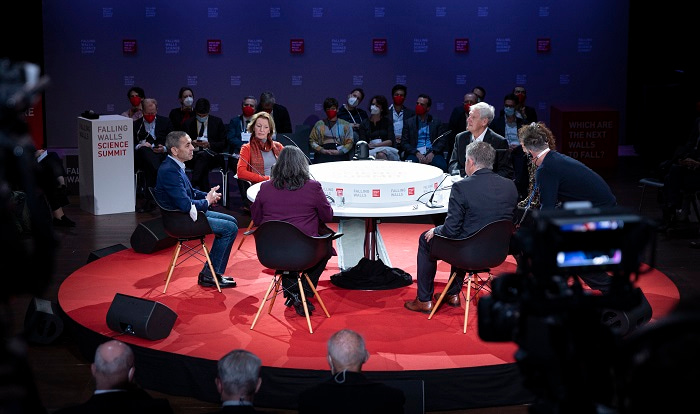
Falling Walls specialty: young scientists are invited to present their breakthroughs
In the categories eight to ten, where the Top Emerging Talent, the Top Science Start-Up, and the Top Science Engager are awarded the Breakthrough title, young scientists from around the globe are invited to present their work. “It’s important to highlight scientific early-career researchers because they are the most creative of us all. They have far fewer walls to break down and they are the future, they deserve support and encouragement to keep on innovating”, as Sarah Springman, rector of ETH Zürich and the Chair of Jury at Falling Walls Lab emphasizes.
Every year, the 7th November is the pitch day dedicated to these young science talents. To apply for Falling Walls Lab, keep an eye on the Open Calls for the international labs starting from spring 2022 onwards. For Falling Walls Venture and Falling Walls Engage, as well as for the first seven categories from Life Sciences to Science and Innovation Management, the call for nominations and applications starts in spring 2022, too – visit the Falling Walls website to not miss this opportunity. The Falling Walls team would be delighted to receive nominations and applications from the FEBS community, and to welcome you at the next Falling Walls Science Summit 2022, from 7th to 9th November, whether as a speaker or guest!
“It’s important to highlight scientific early-career researchers because they are the most creative of us all. They have far fewer walls to break down and they are the future, they deserve support and encouragement to keep on innovating”, Sarah Springman, rector of ETH Zürich and the Chair of Jury at Falling Walls Lab
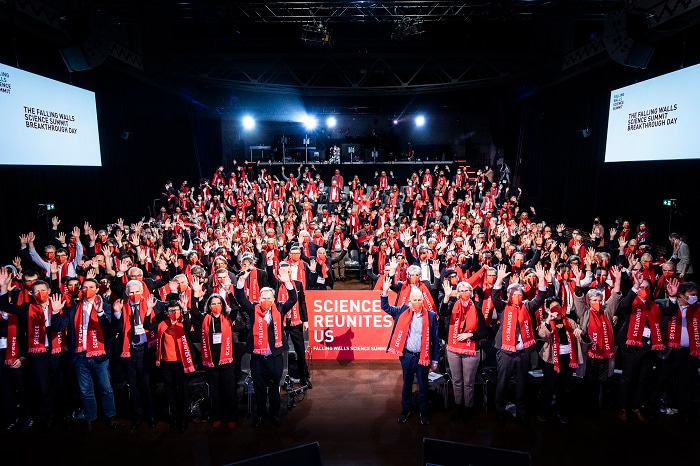
Images credit: Falling Walls Foundation
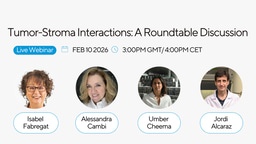



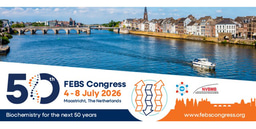
Join the FEBS Network today
Joining the FEBS Network’s molecular life sciences community enables you to access special content on the site, present your profile, 'follow' contributors, 'comment' on and 'like' content, post your own content, and set up a tailored email digest for updates.